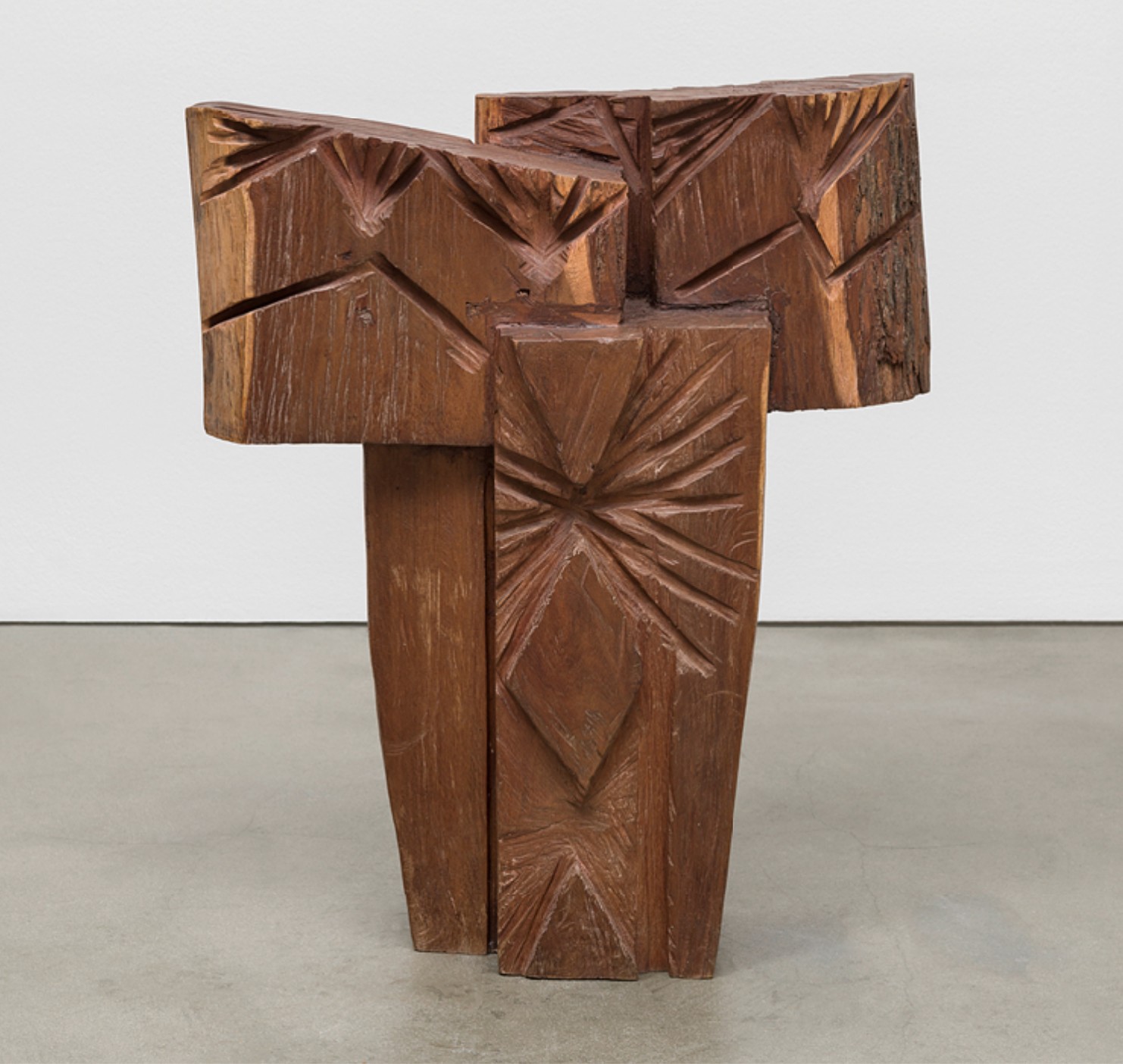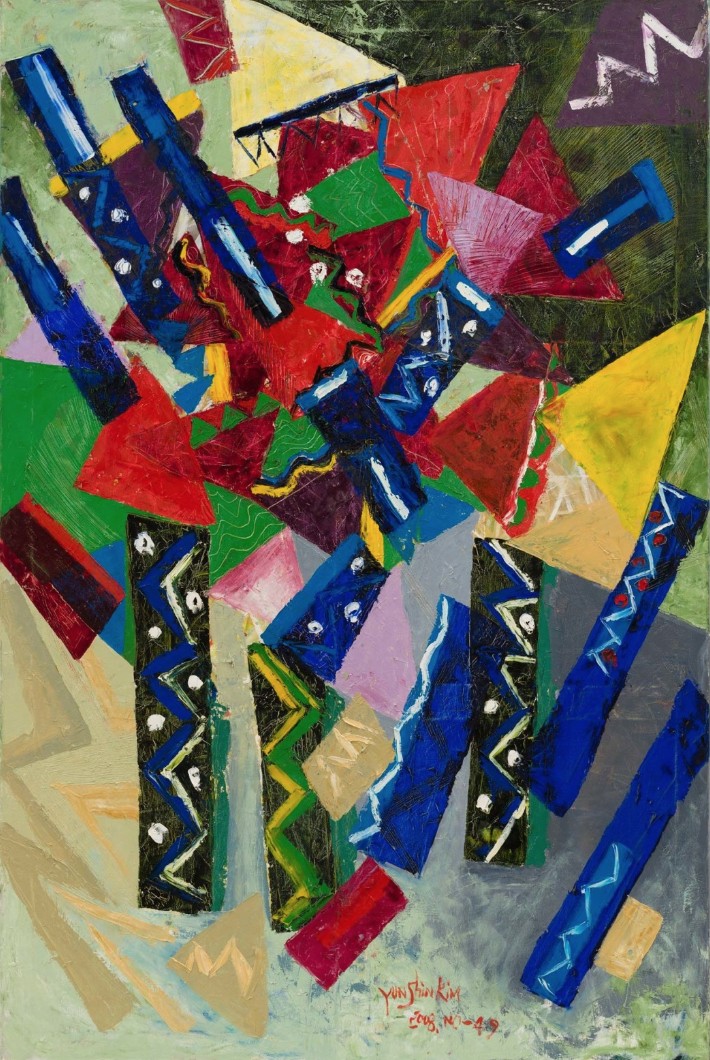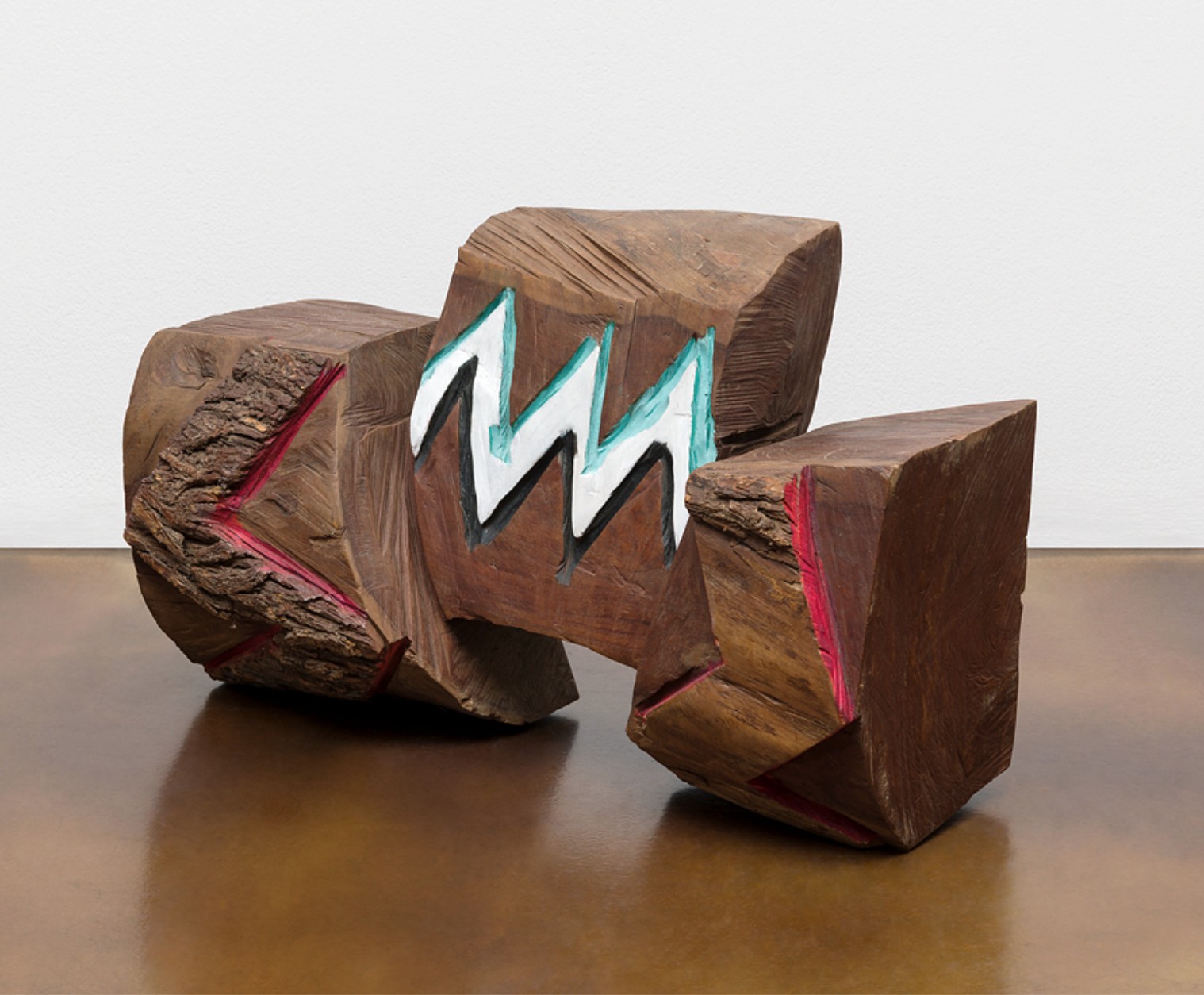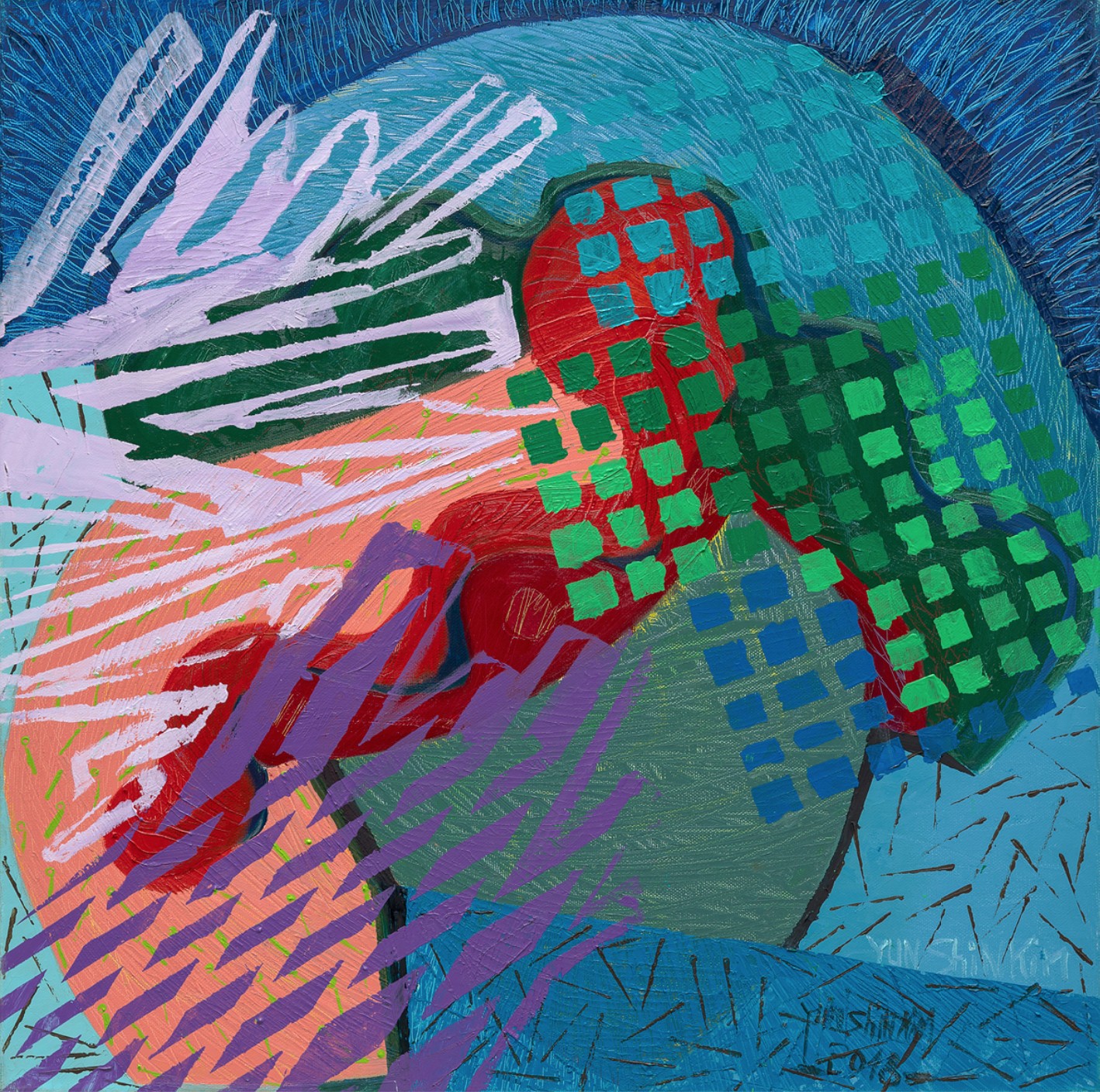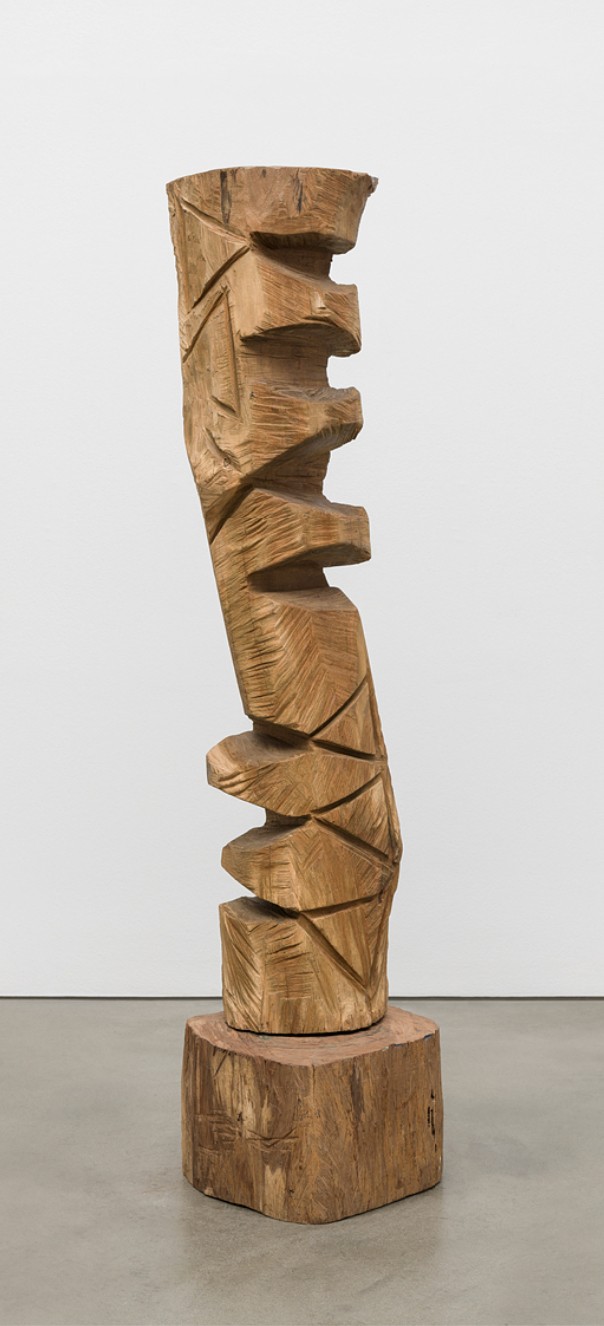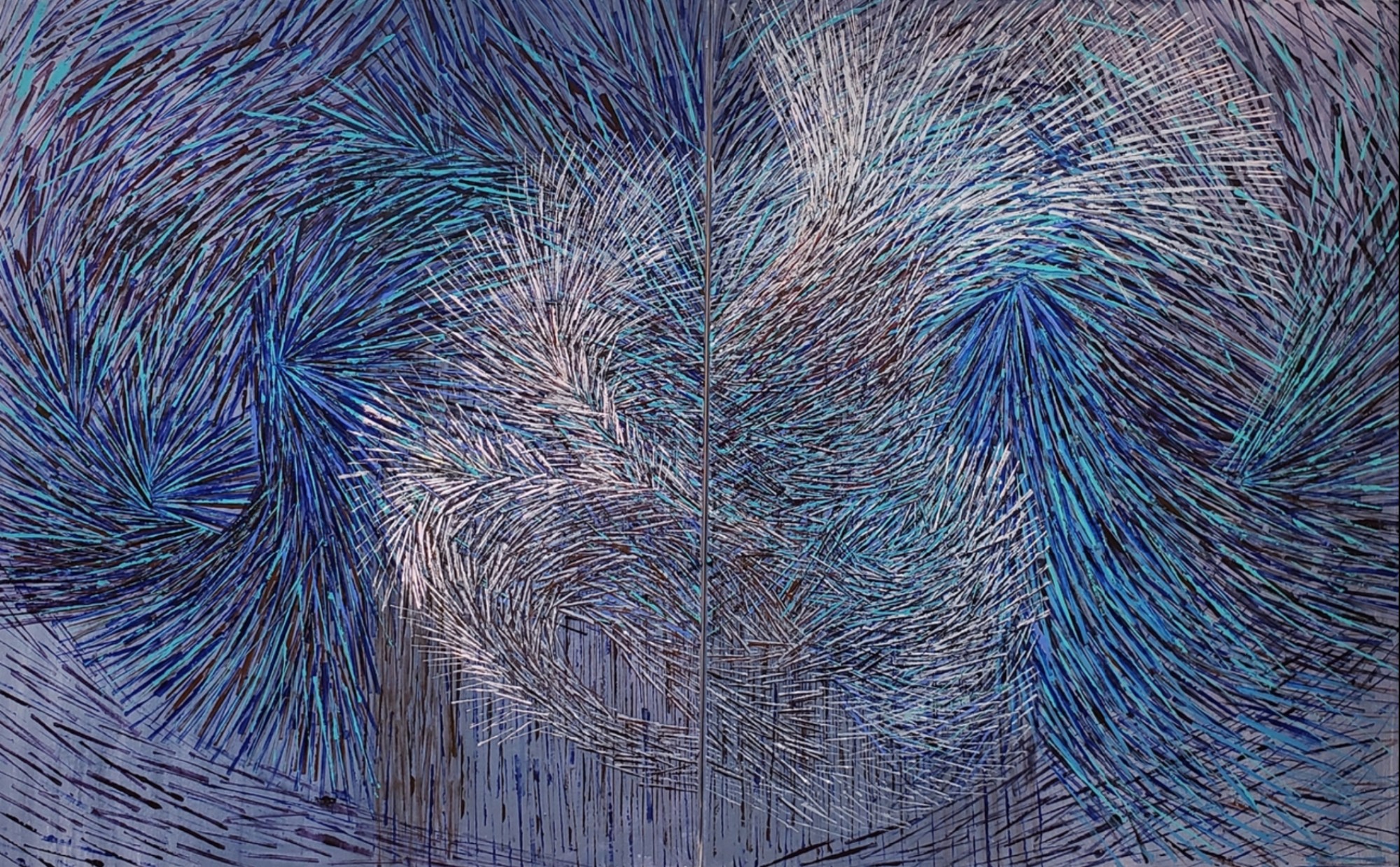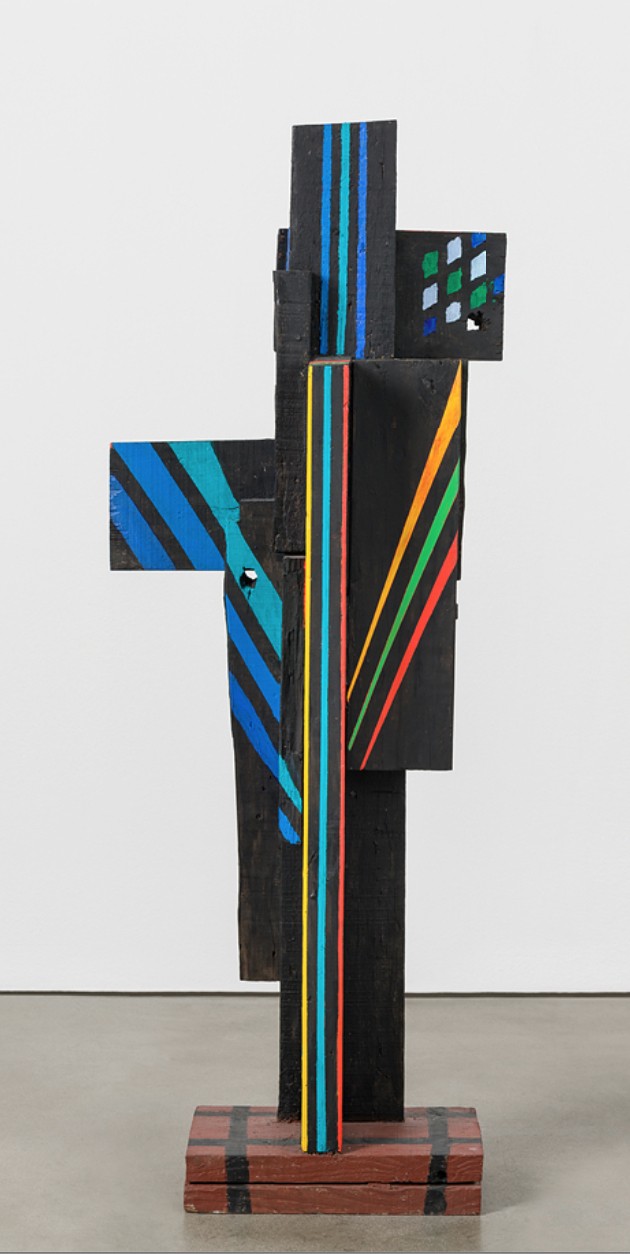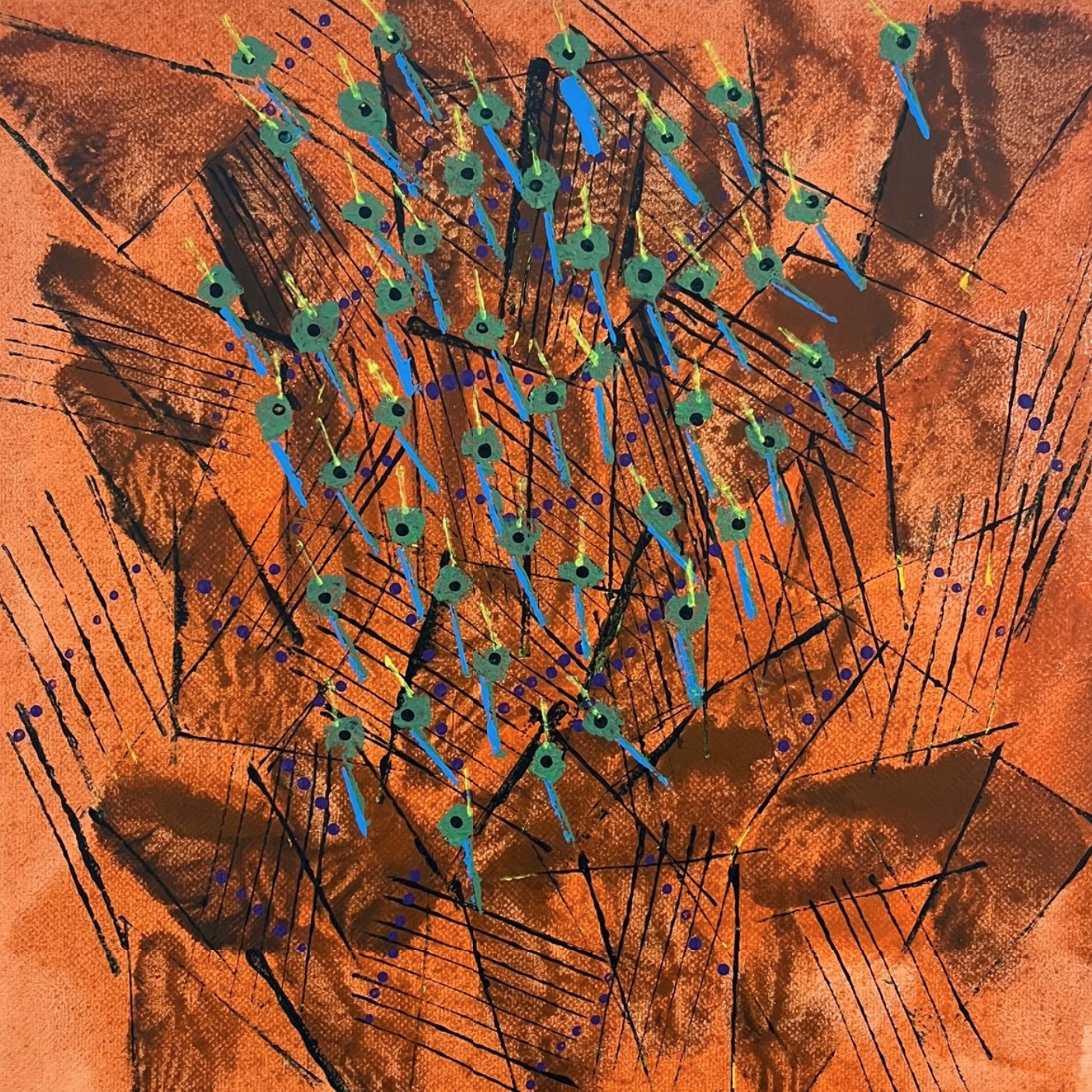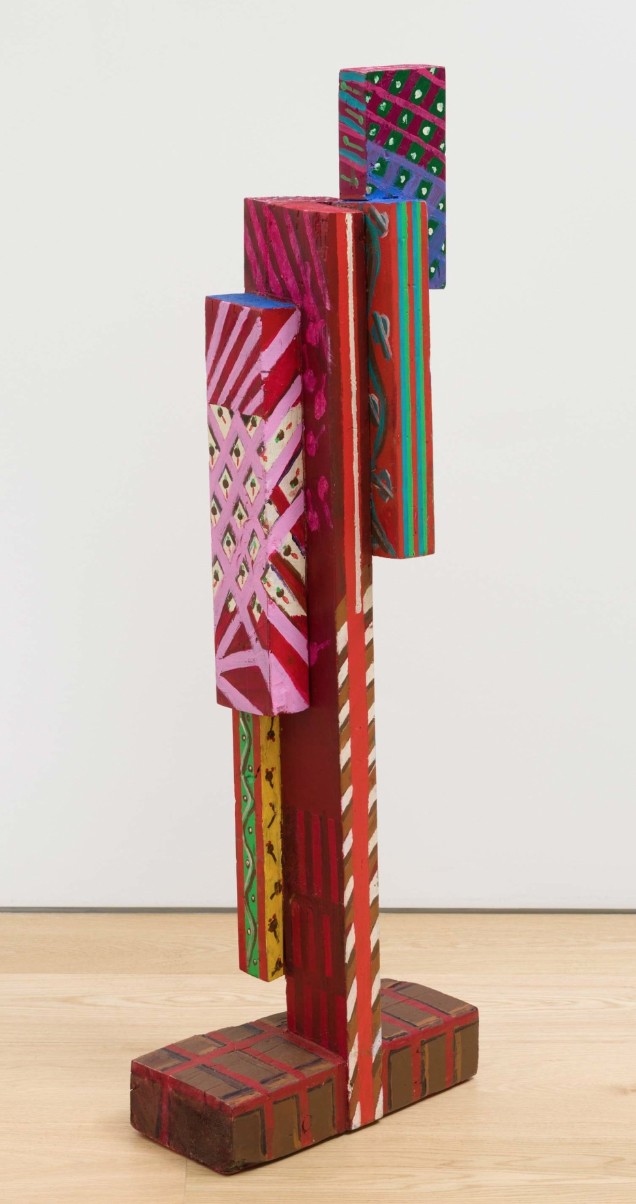Kim Yun Shin: Balance and Continuity
By Laura Heyrman
“Nature itself was my teacher and my friend.”
At age 88, after a lifetime dedicated to her art, South Korean artist Kim Yun Shin is achieving international success, with current exhibitions in New York and Seoul, and a place in the main exhibition of the Venice Biennale (April 20 – November 24).
Born in 1935 in northern Korea during the Japanese occupation, Kim developed her interest in art early in life. In the deprived environment of her childhood, she made art with whatever was available. Eventually, her family relocated south to Seoul and after the Korean War, Kim became one of the first Korean women to receive a formal education in sculpture. Five years later, she had the opportunity to continue her studies in Paris. Upon her return to Korea, the inequality of opportunity for women artists in her homeland stood out to Kim. In 1974, the artist formed the Korean Women Sculptors Association, which remains an active participant in the Korean art world, providing resources and mentorship opportunities to women artists throughout South Korea.
In the mid-1980s, Kim’s niece invited her to come to Buenos Aires. The artist was drawn to what she calls the “primal vitality” of the Argentine landscape; its lushness and flatness were a change after Korea’s mountainous scenery, some of which was still recovering from the damage of war. In Argentina, Kim was isolated from the photorealistic and figurative art that was popular in Seoul, which allowed her to continue along her own path and explore her own ideas. The artist received some recognition from the local art community and felt so welcomed by the people she met there that she repaid them with the opening of her own museum in 2008. Museo Kim Yun Shin still exists, though it is not open to the public at this time.
“For me, my true soul emerges when I’m entirely absorbed in the present moment while creating.”
In Kim’s opinion, her painting and sculpture practices are deeply intertwined. When painting, she uses scraping techniques to alter the paint surface and small blocks of wood to impress textures in the wet paint. When sculpting she adds her preferred bright color into chainsaw cuts she has made into chunks of raw wood or uses the colors and patterns from her paintings on assemblages of recycled wood. The underlying philosophy of Kim’s art is the belief that addition and division are the formula controlling all matter in the universe, an idea symbolized by the yin-yang. The title of her long-running sculptural series – Add Two Add One, Divide Two Divide One – is a formula which she sees as an expression of that philosophy. The artist still spends time with her materials before beginning to work, especially with the diverse woods she uses in her sculptures, until she knows their individual characters and can work in harmony with them.
In addition to the influence of this philosophy, Kim has absorbed other influences from her homeland as well as from her travels in the Americas. Some of her sculptures reflect traditional Korean practices including stone stacking used in folk religious practices and the Jangseung, a totem-like post used as a village guardian in traditional Korean culture. Symbols and patterns from the Aztec and Maya cultures were also incorporated to her visual vocabulary. Even after working steadily for 65 years, Kim Yun Shin still wields her chainsaw and paintbrush, and plans to continue to do so for as long she is able.
“Never once did I think, I can’t do this, I’m too old.”
Kukje Gallery, Seoul: March 19 – April 28: https://www.kukjegallery.com/exhibitions/view?seq=268
Kukje Gallery video: Studio visit with Kim Yun Shin: https://www.kukjegallery.com/exhibitions/view?seq=268&modal=gallery&category=media&mediaseq=250
Lehmann Maupin New York: Kim Yun Shin: In Focus, until April 6: https://www.lehmannmaupin.com/exhibitions/kim-yun-shin
Please share your comments and questions on Substack.
Longer captions may not be fully visible on smaller screens. We apologize for the inconvenience.
If the caption obscures part of the artwork, click on the image to turn off the caption.

